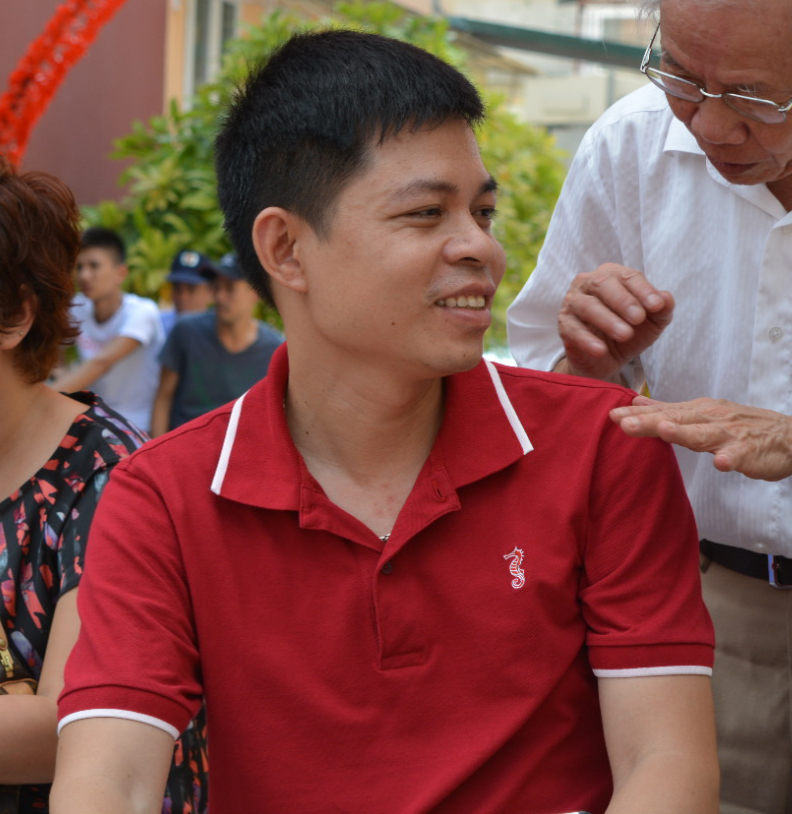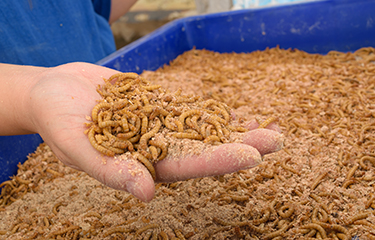South Korea-based KEIL Co., Ltd. is planning to massively increase its production of mealworms, including those used to feed fish, by 2025, the company said in a recent statement.
The company currently runs its Osong Superpoworm Factory in Gyeongsangbuk-do Province. The plant has a production capacity of 2,000 metric tons (MT) per year of mealworms, from which 650 MT of dried mealworms will be produced.
Of that dried total, 40 percent, or 260 MT, of the product is used to produce aquaculture feed, with the remainder for producing materials for feed for livestock, pet food, and others, KEIL said.
Its aquaculture feed is used for raising flatfish, flounder, and rockfish. The company is also developing a feed product for eel.
Recent changes in South Korean governmental policies, along with trends to develop sustainable alternative feed, have created opportunities for the company to expand production, according to KEIL.
Currently South Korea produces 650,000 MT of aquaculture feed, comprising of 490,000 MT of grounded (raw) fish feed, and 160,000 MT of compound feed.
In order to protect fish resources and marine environment, the government aims to replace fish feed with compound feed by 2026, KEIL said.
However, the market price of fishmeal – the main protein raw material for producing most compound feeds – is on the rise due to high demand and limited supply, creating difficulties for the country to raise compound feed production.
To support the shift to compound feed, the government aims to replace 10 percent of fishmeal production with compound feed made from edible insects, which KEIL believes will create a compound feed market worth KRW 170 billion (USD 149.8 million, EUR 125.7 million). Farms participating in programs to grow edible insects for production of compound feed will receive direct subsidies from a government fund worth KRW 400 billion (USD 352.4 million, EUR 295.8 million).
KEIL said it will apply a “vertical integration model,” under which its contracted farms will breed mealworm, provided by the company, for less than two months. The fully-grown mealworm will then be purchased by KEIL for producing compound feed for the aquaculture sector, among others, at its factories.
The company hopes the model will help it raise the production of mealworm to 3,000 MT by early 2022, and 10,000 MT by the end of 2022, from the current 2,000 MT. Production is expected to increase to 100,000 MT by 2025.
KEIL said it expects to meet about 31 percent of compound feed demand in South Korea by 2025.
“The needs of doubling global protein consumption, land scarcity, unsustainable industrial farming systems, fishmeal production leading to overfishing, soymeal production causing deforestation, and large amount of food waste along the value chain, etc. The problems above are global environmental problems that we ALL need to face and find solutions for,” KEIL said.
Though admitting that insect-based feed has not been able to compete against other traditional aquaculture feed, KEIL said it believes the new alternative feed has a bright future in the world. The company has a plan to expand to the United States, and is also looking to partner with companies from Southeast Asia in the new industry.
Photo courtesy of PongMoji/Shutterstock







